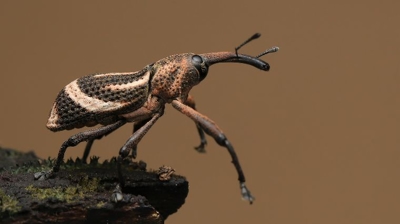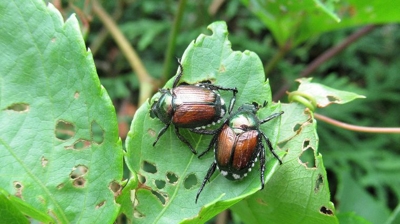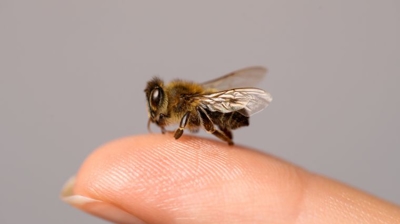
Mollusks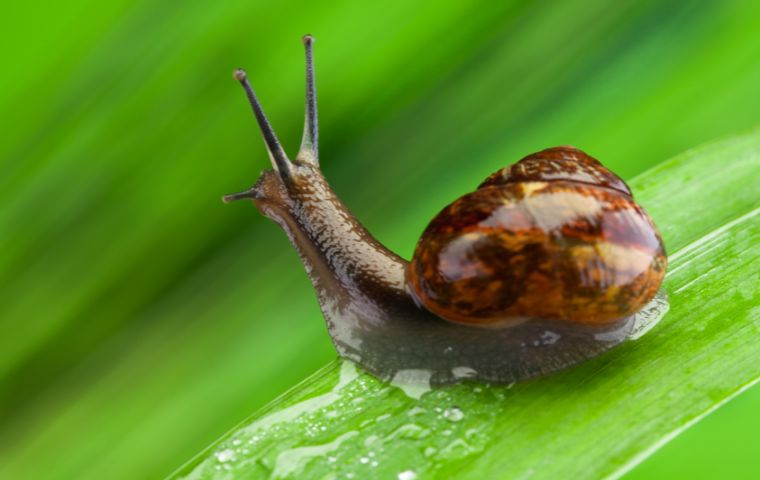
What Are Mollusks?
Mollusks (or molluscs) are a large and incredibly diverse group of invertebrate animals that belong to the phylum Mollusca. They are among the most evolutionarily successful and widespread organisms on Earth, with over 85,000 recognized species (and potentially many more yet to be discovered). Mollusks inhabit a wide range of environments—from the deep oceans to freshwater rivers, and even moist terrestrial areas.
Mollusk Types
- Slugs: Slugs are mollusks belonging to the class Gastropoda, closely related to snails but lacking an external shell or having only a small internal one.
- Snails: Snails are a type of mollusk known for their soft, unsegmented bodies and distinctive coiled shells, which provide protection.
Are Mollusks Harmful?
Mollusks are generally not harmful to humans, and many are beneficial. However, there are important exceptions where certain mollusk species can pose risks:
- Venomous Mollusks: The cone snails (Conus species) are a prime example. These marine snails possess a specialized harpoon-like tooth capable of delivering a venom potent enough to paralyze or even kill humans. While fatalities are rare, stings can be serious and require urgent medical attention. Certain species of blue-ringed octopuses (small cephalopods found in the Pacific and Indian Oceans) carry venom containing tetrodotoxin, a neurotoxin that can cause respiratory failure and death in humans within minutes if untreated.
- Shellfish Poisoning: Mollusks like clams, mussels, oysters, and scallops can accumulate biotoxins produced by microscopic algae during harmful algal blooms (often called "red tides"). Humans who consume contaminated shellfish may suffer from: Paralytic Shellfish Poisoning (PSP), Amnesic Shellfish Poisoning (ASP), and Diarrhetic Shellfish Poisoning (DSP). These conditions can range from mild gastrointestinal upset to severe neurological symptoms and even death.
- Parasite Hosts: Some freshwater mollusks, particularly certain snails, act as intermediate hosts for parasites that infect humans and animals. The freshwater snail genus Biomphalaria is a vector for the parasitic flatworm that causes schistosomiasis, a serious disease affecting millions of people worldwide, especially in tropical and subtropical regions.
- Damage to Infrastructure: Some marine bivalves like shipworms (actually a type of bivalve mollusk, Teredinidae family) bore into and destroy wooden structures such as piers, boats, and docks, leading to extensive maritime maintenance costs.
While the majority of mollusks are harmless or even beneficial—serving roles in ecosystems as decomposers, filter feeders, and food sources—specific mollusk species can be harmful to humans.
Mollusk Appearance
Mollusks exhibit an astonishing range of appearances, reflecting their incredible diversity across more than 85,000 known species. Despite their variety, most mollusks share a few general anatomical features, but their specific forms can be radically different depending on their class, habitat, and evolutionary adaptations. At their core, mollusks have a soft, unsegmented body usually organized into three parts:
- Head-Foot Region: Involves movement and sensory reception.
- Visceral Mass: Contains internal organs (heart, digestive, excretory, reproductive systems).
- Mantle: A protective tissue layer that often secretes a shell (though not always).
Most mollusks have bilateral symmetry (their body can be divided into two mirror-image halves) and may possess structures like a radula (a toothed, chitinous ribbon used for feeding) and gills for respiration. Mollusks can be:
- Tiny (microscopic species) or massive (the giant squid can exceed 40 feet in length).
- Plain and earth-toned (camouflaged clams and slugs) or brilliantly colored (nudibranchs that display electric blues, oranges, and purples).
- Hard-shelled and protective (oysters, snails) or soft-bodied and incredibly agile (octopuses, squids).
In essence, there is no single "look" for mollusks because their forms have evolved to meet a spectacular array of ecological niches—from armored grazers clinging to rocky shores, to brilliant deep-sea predators capable of complex behavior and camouflage. The unifying visual theme is a soft-bodied structure, often protected by a shell, paired with a body plan specialized for either movement, feeding, or defense depending on their environment.
Mollusk Habitat
Mollusks are found almost everywhere on Earth, occupying an extraordinary range of habitats across marine, freshwater, and terrestrial environments. Their incredible adaptability has made them one of the most widespread and ecologically significant groups of animals:
Marine Environments
The majority of mollusk species—approximately 80%—live in the ocean, ranging from shallow coastal areas to the deepest parts of the seafloor.
- Intertidal Zones: Many mollusks such as mussels, limpets, chitons, and periwinkles are found clinging to rocks or buried in sand where the tides expose them to air and water alternately.
- Coral Reefs: Gastropods like cowries and cone snails, as well as colorful nudibranchs, thrive among coral reefs, feeding on sponges, algae, and small animals.
- Open Ocean (Pelagic Zone): Squids and certain pelagic snails drift or swim through the open water, often migrating vertically each day.
- Deep Sea: Bizarre mollusks such as deep-sea squids and monoplacophorans are found at depths exceeding 5,000 meters. These organisms are adapted to high pressures, cold temperatures, and complete darkness.
- Hydrothermal Vents and Cold Seeps: Some mollusks, like giant vent clams (Calyptogena magnifica), live around hydrothermal vents and cold methane seeps, thriving in extreme environments with the help of symbiotic bacteria that process chemical energy (chemosynthesis).
Freshwater Environments
While fewer than in the oceans, freshwater mollusks are still abundant and ecologically vital.
- Rivers, Lakes, and Streams: Freshwater mussels (Unionidae family), clams, and snails populate riverbeds, lakeshores, and pond bottoms. They play a crucial role in filtering water and maintaining ecosystem health.
- Wetlands and Marshes: Freshwater gastropods are common in wetlands, where they contribute to nutrient cycling and serve as prey for fish and birds.
Terrestrial Environments
Although terrestrial mollusks are a minority, land snails and slugs have successfully colonized diverse land habitats:
- Forests: Moist forest floors support a rich variety of land snails, which play a critical role in decomposition by consuming dead plant matter.
- Grasslands and Meadows: Some snails and slugs adapt to drier, grassy habitats by burrowing underground during hot, dry conditions.
- Mountains and Caves: Specialized species live at high altitudes or in cave ecosystems, sometimes evolving unique traits like reduced pigmentation and eyesight.
- Urban Areas: Invasive species like the Giant African Land Snail have spread into human settlements, feeding on a wide range of plants and becoming agricultural pests.
- Key Adaptation for Land Mollusks: To survive on land, these mollusks have developed ways to conserve moisture, such as retracting into shells or producing mucus to prevent dehydration.
Geographic Distribution
Mollusks are truly global:
- Tropical Regions: Greatest species diversity, especially in coral reefs and rainforests (e.g., vibrant nudibranchs, rich freshwater mussel populations).
- Temperate Zones: Rich in marine bivalves, gastropods, and cephalopods (e.g., North Atlantic scallops, Pacific octopuses).
- Polar Regions: Specialized cold-water mollusks inhabit Arctic and Antarctic oceans, such as certain species of clams and deep-sea squid.
- Islands: Islands often harbor unique endemic mollusks that have evolved in isolation, such as the Hawaiian tree snails (Achatinella species).
Their extraordinary ability to adapt to diverse and sometimes extreme habitats makes them one of the most successful groups in the animal kingdom.
Mollusk Diet
Mollusks have incredibly varied diets depending on their class, species, and habitat. Their feeding strategies reflect the group's vast evolutionary diversity and ecological roles, ranging from herbivores grazing on algae to highly specialized predators hunting live prey. Mollusks feed in several primary ways:
- Herbivory: Grazing on algae, seaweed, and plant material.
- Filter Feeding: Straining microscopic organisms and organic particles from water.
- Carnivory: Actively hunting or scavenging other animals.
- Detritivory: Consuming dead organic material.
- Symbiotic Relationships: Relying on symbiotic bacteria for nutrients (especially at hydrothermal vents).
Most mollusks (except bivalves) use a specialized structure called a radula—a ribbon-like, toothed organ—to scrape, cut, or bore into food. Bivalves lack a radula and instead filter feed using gills.
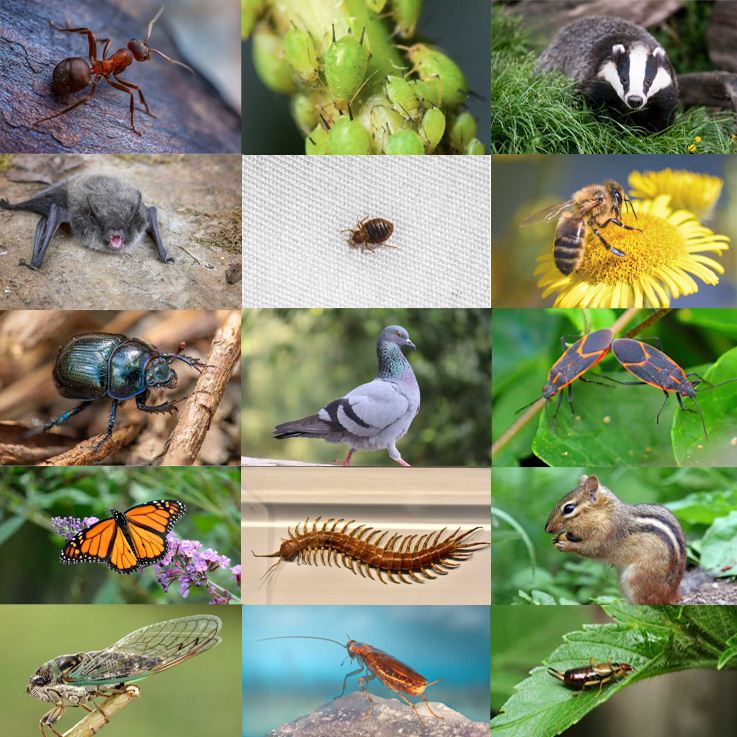
Mollusk Life Cycle
At its broadest, the typical mollusk life cycle involves:
- Fertilization (internal or external depending on species)
- Embryonic Development
- Larval Stages (for many marine species)
- Metamorphosis (transition to juvenile form)
- Growth to Maturity
- Reproduction
Each of these stages can vary significantly among mollusk groups.

Hear From Our Happy Customers
-
"Fantastic & Patient"
Jarvis was fantastic and patient. He answered my questions with an in-depth explanation and addressed all of my areas of concern. Would love for him to be my assigned tech going forward. Well done!
- Yonnette M. -
"Very Knowledgeable"
The tech that arrived was courteous, professional, and very knowledgeable. He was Great.
- Uerial I. -
"Professional & Considerate"
I’m pleased with Miche services. Jarvis came today. Professional and considerate. Thank you!
- Judy B. -
"Exceeds Expectations"
I can’t say enough positive things about this company... The tech that came out, Jarvis went above and beyond my expectations. Thank you guys, I will continue using your services.
- Jake M. -
"Great Communication"
Tech was on time, communication was great, and he accommodated my needs.
- Alonzo W. -
"Wonderful Service"
Wonderful service. Jarvis is great. Took care of everything I needed. Thank you!
- Henry P.

